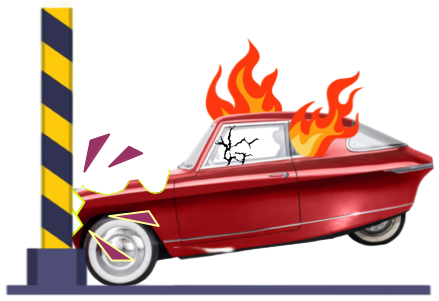
It's always something
A Troubling Fire
at Nobe Cars
The fire at Nobe Cars left many people wondering
about more than just the cause.
Contents
-
Overview & Introduction
Was the fire the problem or did the fire hide problems? -
Was the fire an accident?
Before & After photographs -
Who determined the cause of the fire?
-
Multiple locations of hot spots from one fire.
What did firefighters find when they arrived?
Evidence of batteries and other components not present.
Three cars, widely varying levels of damage.
One fairly intact, one without any body or innards, and one completely missing.A roomful of tools, but none can be seen after the fire.
Where did they go?New factory opened in more than record-breaking time?
How is that possible?
News Articles on the fire: Five Estonian news reports, including videos and many more photographs. Of interest is how many reporters tie in the timing of the fire with Nobe's financial problems.
Was the fire the problem or did the fire hide problems?
Up In Smoke
Section A
Investigator: Was this an Accidental fire or an Incendiary Fire?
In interviews Nobe CEO Roman Muljar repeatedly stated it was “my mistake” that “I just let it be” that there was no insurance. In one instance, Muljar claimed he could not get insurance because the insurance company would not insure a location that is involved with lithium batteries.
What does Muljar mean that Nobe “had no insurance”? On what? The building? The prototype vehicles? The tools? The business? Did any production machinery in the facility, such as a CNC machine, have insurance? Was any insurance company at all involved with any aspect of this tragedy?
Another question raised from this is: would there have been anyone else to have benefited from the occurrence of the fire?
Did the owner of the building have insurance?
In standard business practice, most building leases will require the lessee (Nobe) to get their own insurance and indemnify the lessor (landlord) against damage a lessee might create.The lessor will keep general liability insurance. However, if the landlord’s property causes damage to the tenant’s belongings, as is the case here, the tenant would be eligible to be compensated. What happened here?
Could there have been benefits other than monetary to a fire destroying prototypes, records, plans or lack thereof, equipment, etc.? For example, could there have been something one would not want discovered, such as:
Nobe’s lack of significant progress ? In numerous interviews, Muljar had made more and more promises that were never fulfilledabout when production would start, when and where factories would be built, and more. What if there may have been no engineering plans in place ? In some interviews, Nobe claims everything was lost, in others they have the plans in hand. ERR news reported “ there were basically no drawings or documentation to even start preparing for mass production, which could result in a safe and compliant machine.” Were there even prototypes that were ready for manufacturin g? Other manufacturers go through multiple levels of prototype vehicles before they are ready to begin manufacture, while Nobe has claimed to have been ‘ready’ without ever even fully completing a first prototype. Were there issues with the cars themselves ? (e.g. performance, safety, undersized, cars were not operational or were made incorrectly) An expert on EVs in a 2021 Estonian television interview shared that the engineering team in Detroit was shocked to find that when the only Nobe prototype shipped to them arrived that it “did not operate”. Were promises made to investors that could not have been kept with these cars ? As an example, on a certain level of car functionality, a delivery date of cars just a ‘short time’ away, and the building of cars at locations around the world. Could this have been really achieved by the plans, vehicles and preparedness of the cars that went into the factory fire at that time?
Prior to the fire in a photo, there appears to be three Nobe “cars” in the facility. The tools and a computer only appear to be present in the Before photo.
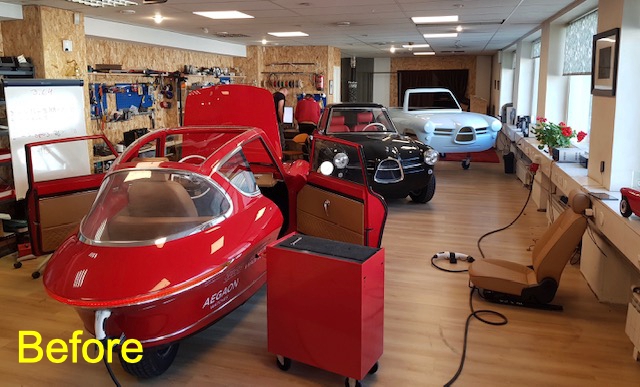
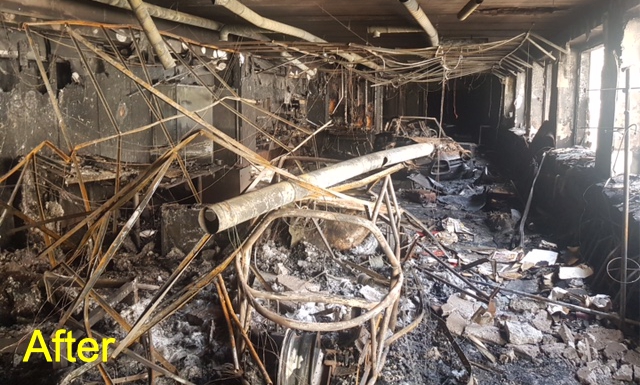
Before and after picture of Nobe Cars fire showing 2 charred Nobe 100GTs
At what point was this photograph taken? What happened to one of three cars? Only two ‘burned’? Where is the third? Where are the tools that were in the facility before the fire?
What reports are available in Estonia regarding the origination of the fire? Did someone in Estonia check to see if an investigation was done on the use of gasoline or other substances? Was there an security system in the place for the building? Was there electronic surveillance and cameras set up?
An observation from the Estonian news media was that they believed the financial difficulty Nobe was experiencing was an important point to communicate on their coverage of Nobe. Several news outlets tied the timing of the fire together with Nobe’s financial problems.
Section B
Investigator: Who determined the origin and cause of the fire?
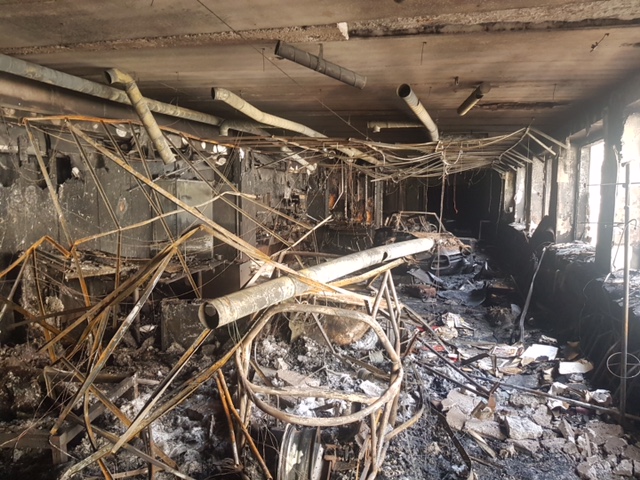
One Newspaper article provides information from a communications manager of the Estonian Põhja Rescue Center, Jane Gridassov, who specified that the fire in the U-shaped building on Telliskivi Street in Tallinn was probably started by an air source heat pump. This manager did not elaborate any further. What happened?
Muljar stated in another discussion that the fire may have started in the one section of wall where he had failed to update the wiring. Who was the electrician?
A newspaper source reported that the fire started at 3:58am in the morning. Was work being conducted in the facility that afternoon? That evening? Was there anyone else in the facility that night? Why would there be someone in the break room of a factory workshop at 3:00am?! Any security cameras on the facility?
If not, why not?
Section C
Can the intensity of a fire caused by an electrical failure have separate concentrated hot spots?
Did the firefighting impact the fire flow?

Multiple hotspots in Nobe fire
Section D
In what condition was the building found?
The fire appears to be venting out in two spots. What does this mean?
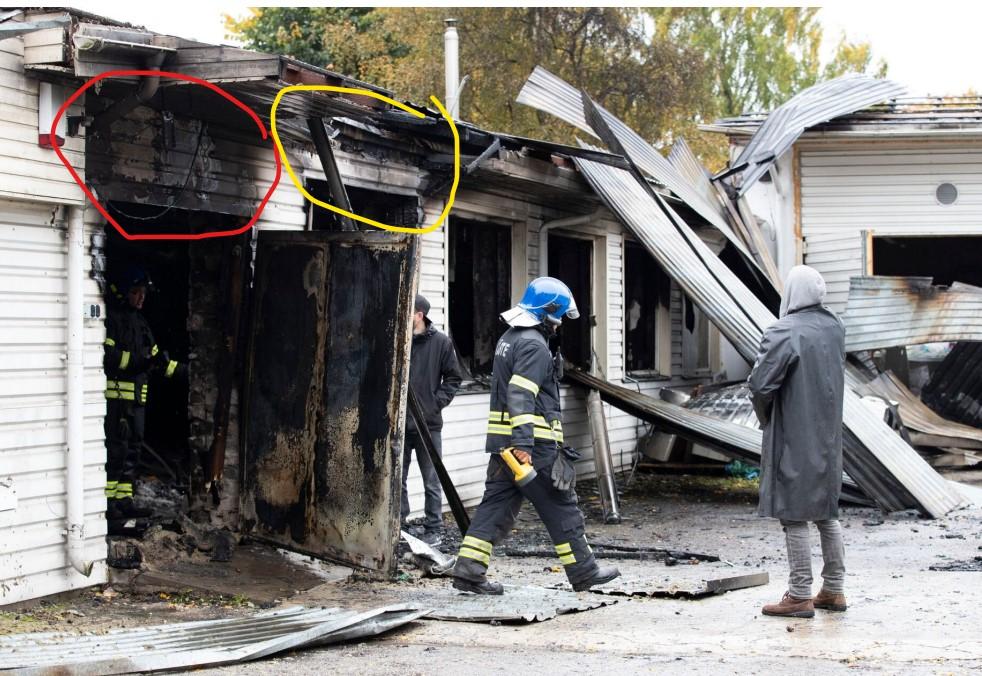
Section E
Can lithium batteries be seen in the Nobe car in the After photo?
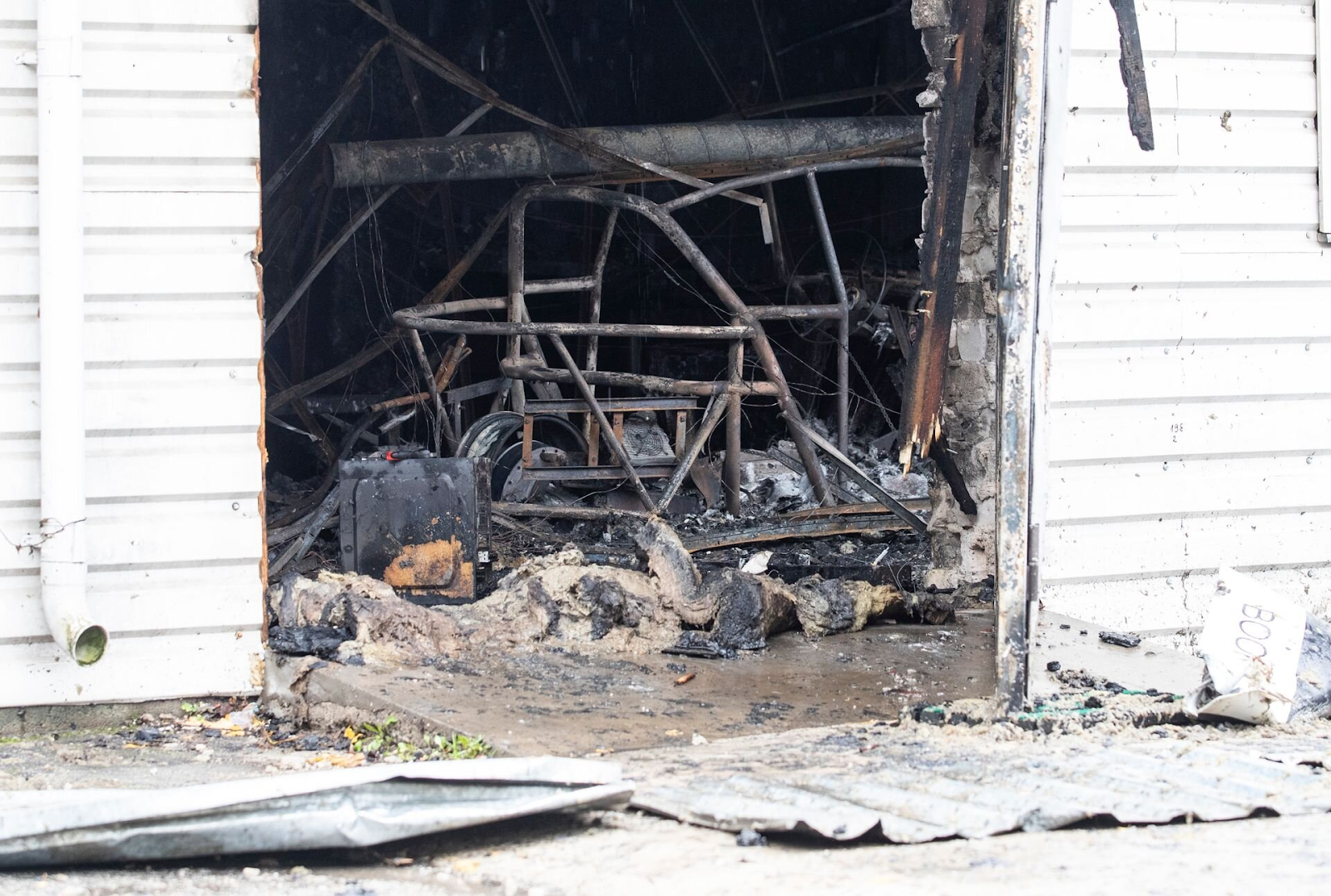
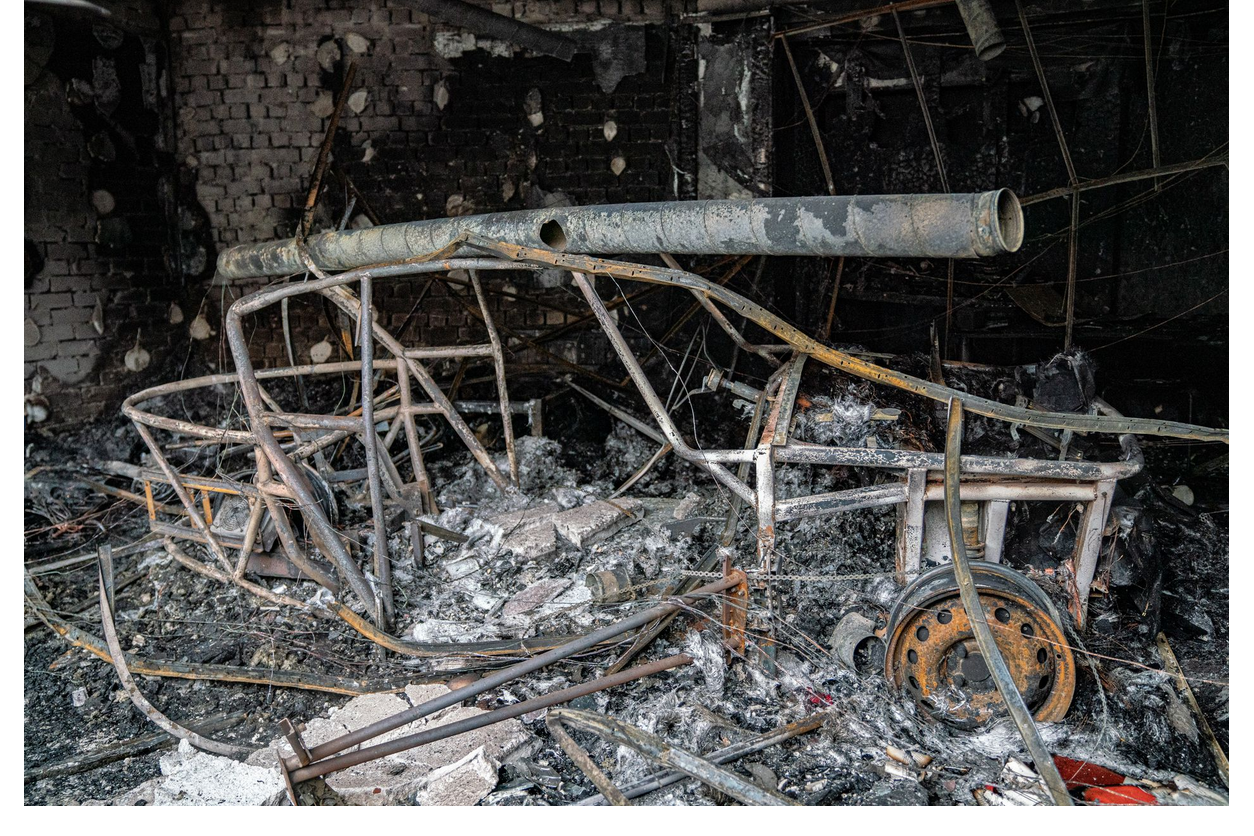
Batteries and internal components do not appear in car
Section F
One car with nothing left but the frame, one fairly intact, and one completely missing.
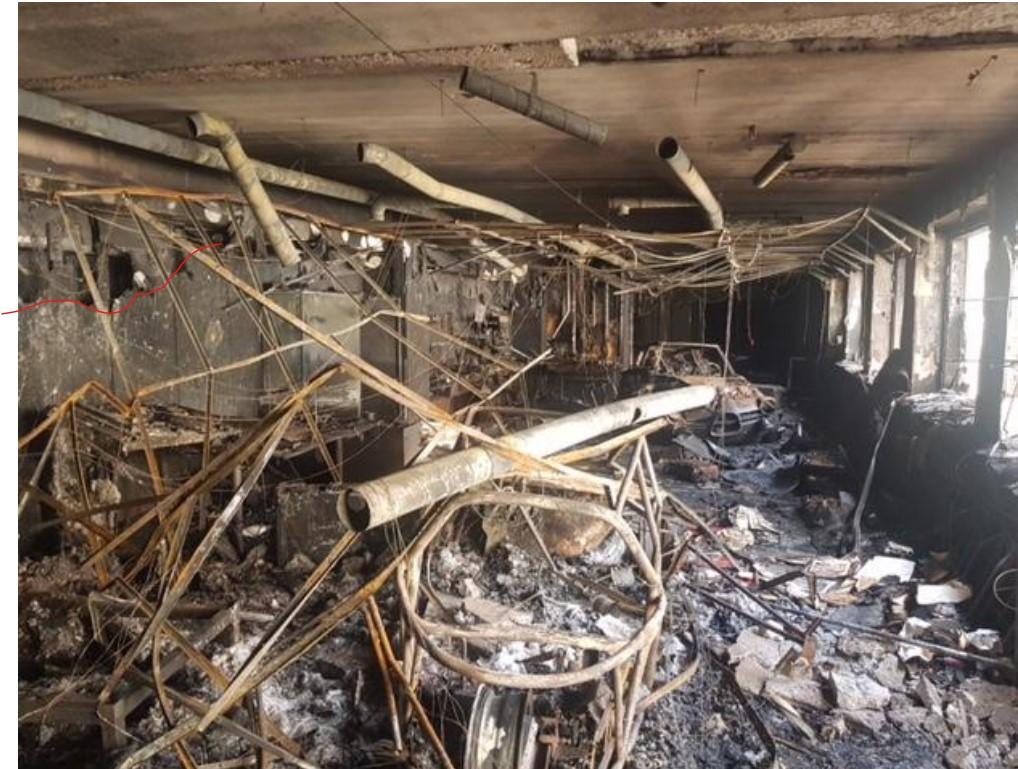
Observation from an Authority on Electric Vehicles : While fiberglass and aluminum will behave differently from one another in a fire, one thing to consider is whether both cars in the photo were made from the same material. One would expect to see evidence of the body of the car being charred or damaged in a fire, as it appears to be the case with the second car in the background. The body of the car in the foreground appears to have completely vaporized, leaving behind no charring, residue, or any remains at all, except for the tubular frame that we see. Even if the fire had started near the car that vanished, how could the intensity of a fire stay localized just on the one car itself while the particle board walls right next to it remained virtually intact?
Other questions: Which of the Nobe prototypes is missing from the photo? Was there a frame with no body shell on it in the fire?
Section G
Where did all the tools go?
With a wall and rolling chests full of tools before the fire, where are they now?
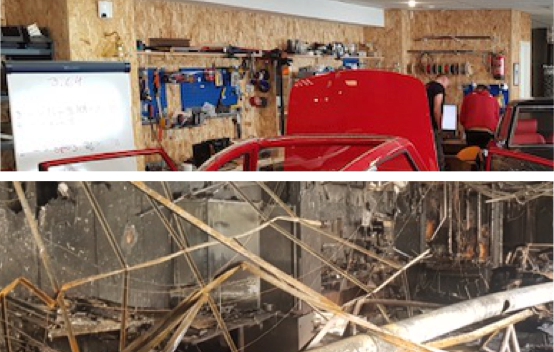
How many tools were in the facility before the fire? How many tools were found in the fire, whether on the wall or damaged on the floor? Were there tools from this factory that appeared in the new erected factory 62 days after the fire on December 6, 2019? What records are available to review on what had occurred with the tools? What happened to the computer that was on the desk of the room? Where is the rolling tool chest visible in the Before picture?
Section H
A new factory up, open, and completely outfitted in just two months?
A new factory was in operation and the opening night party, a party with glowing comments on social media, occurred just 62 Days after the Nobe Facility Fire.
Journalists Raise even more questions
News Reports on the
Fire at Nobe Cars
Five news articles on the fire at the Nobe Cars factory. All five thought it important to tie the timing of the fire to the financial distress of the company. All show the players at Nobe either retracting or downplaying their story, contradicting what was already said, being unwilling to discuss or ending the interview at least somewhat abruptly.
...he [was] asking to emphasize that he is a small shareholder in Nobe and does not actively participate in the company's work on a daily basis.
— Noted by a newspaper reporter on Meelis Merilo,
Nobe's
Most relevant and puzzling phrases will be emphasized in
Contents
Nobe Cars workshop burnt down in Telliskivi — Capital City Gazette
Estonian car maker survived the fire: pity about the two cars that burnt down — Delfi Business Daily
Nobe production building and garage damaged by fire — Business Day Industry News
Fire-ravaged Estonian carmaker: full steam ahead! — Business Post
Gallery: Estonia's electric car Nobe's facilities went up in flames overnight — Business Post
ARTICLE One
Nobe Cars workshop burnt down in Telliskivi
Editor: Sandra Lepik October 4, 2019
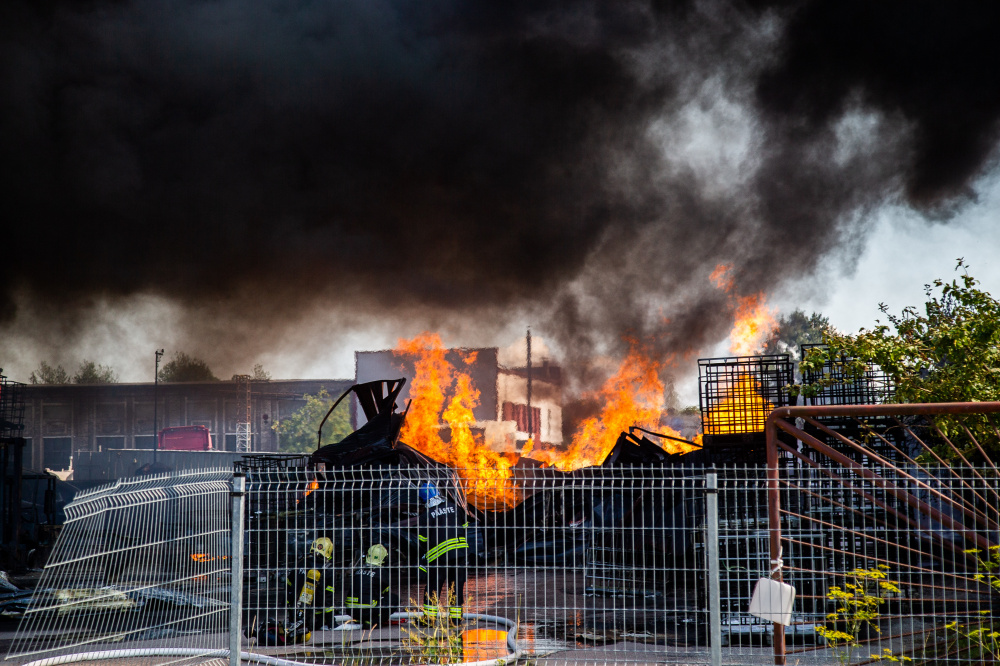
The premises of the Estonian electric car Nobe burst into flames at around four o'clock this morning. Nobe operated in a U-shaped complex of buildings, which included garages and an industrial building.
Tonight at 3:58am, the Emergency Response Centre received a report of a fire in Telliskivi Street in the northern part of Tallinn. The rescuers who arrived on the scene started to extinguish the fire and to contain the spread of the fire to an adjacent office building and a furniture store.
"We drove out to the highest, or fourth, level of departure. This means that we went with a large force, which in turn means that there is a lot of work to do," explained Jane Gridassov, Communications Manager of the Northern Rescue Centre. "The building was burning very close to a residential and office building that was next to it, and on the other side was a furniture building, which meant that in addition to the extinguishing work, we had to protect the adjacent buildings."
The fire caused the poisoning of
Roman Muljar, the developer of the Nobe electric car, has
"The removal work finished a little after seven o'clock this morning and in fact it is only today that the investigators will go there. They are inspecting and looking over the scene and collecting materials," Gridassov said, adding that it was not yet possible to say what might have started the fire.
The occupants of three houses near the fire were evacuated from their homes while the fire was being extinguished. In the houses next to the one affected by the fire, life went on as usual.
pealinn.ee/2019/10/04/video-telliskivis-poles-nobe-autode-tookoda
Article Two
VIDEO and PHOTOS | Estonian car maker survived the fire: pity about the two cars that burnt down
Tanel Saarmann October 7, 2019
Early last Friday morning, a garage complex at the beginning of Telliskivi Street caught fire. It was also home to the small production plant of the Estonian car manufacturer NOBE. Roman Muljar, head of NOBE, said in a comment to Ärilehele that two historic prototypes had burned down, but the car maker was continuing. "We are waiting for the result of the expert's report," says Muljar, making a hasty point adding that NOBE's development will continue .
"It was a big blow, our first two test pieces, historic cars, were destroyed," Muljar says in a sad tone. The NOBE team would have liked to give them to a museum in the future as the first NOBE prototypes. However, the team has continued to develop the car in the meantime and
During the summer, we heard that
"
The Emergency Response Centre received a report of a fire on Telliskivi Street at 3:58am on Friday night. A U-shaped complex of buildings was on fire, which included the garage-manufacturing buildings.
Gallery 1 Click on thumbnails to enlarge
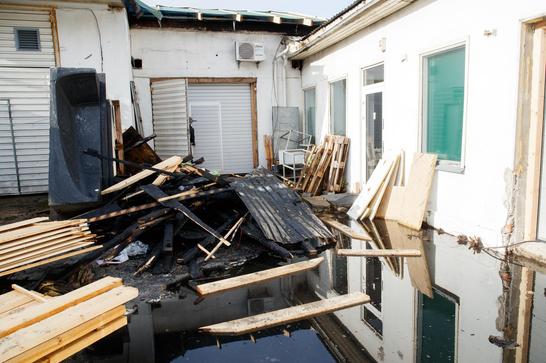
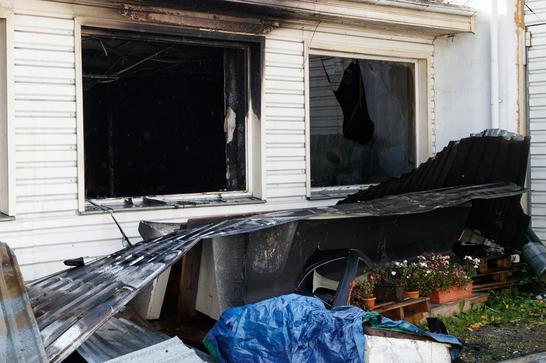
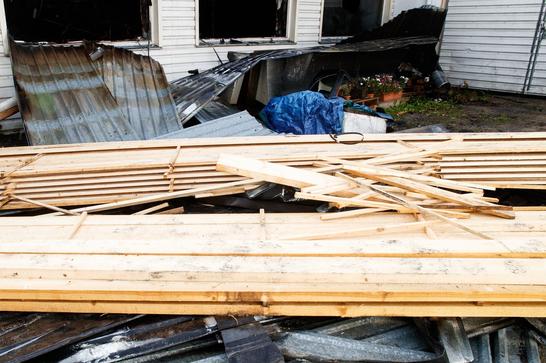

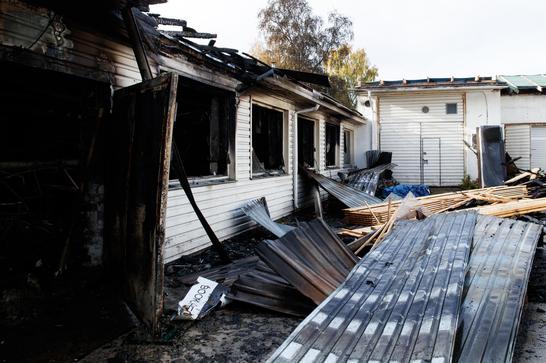
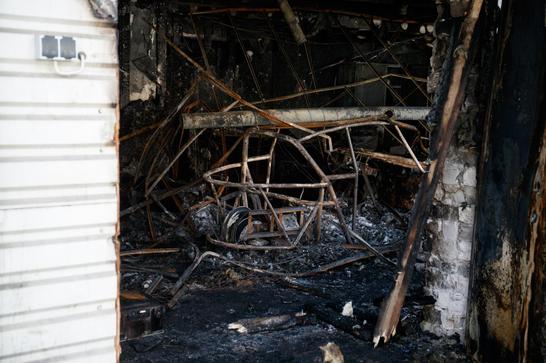
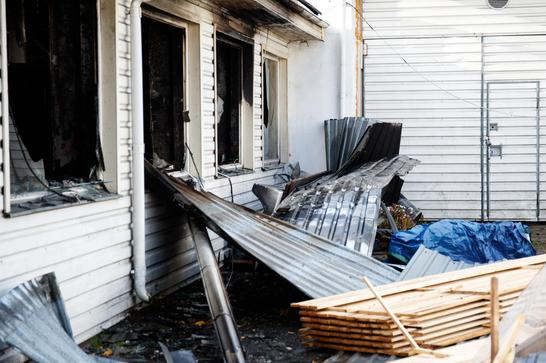
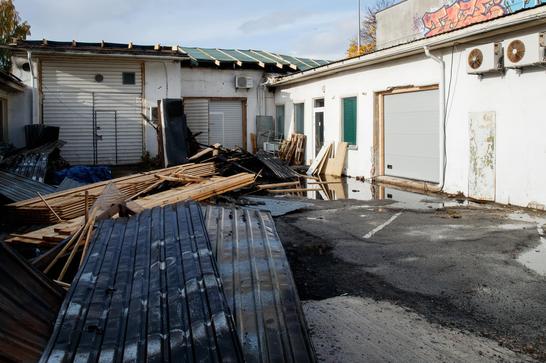
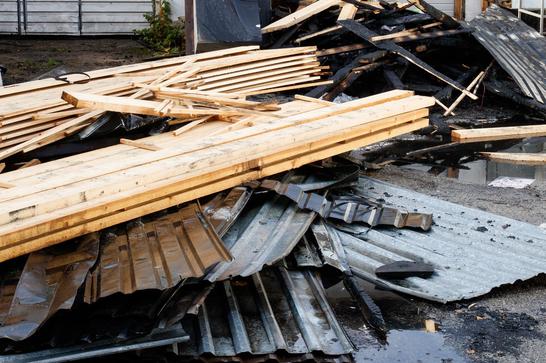
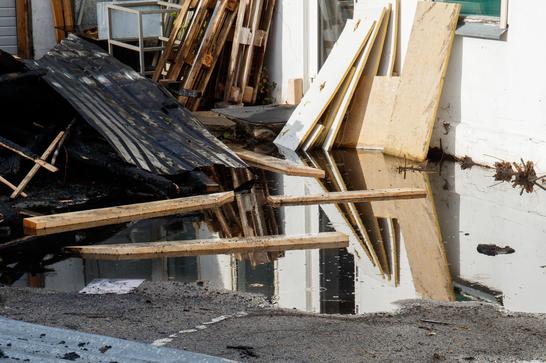
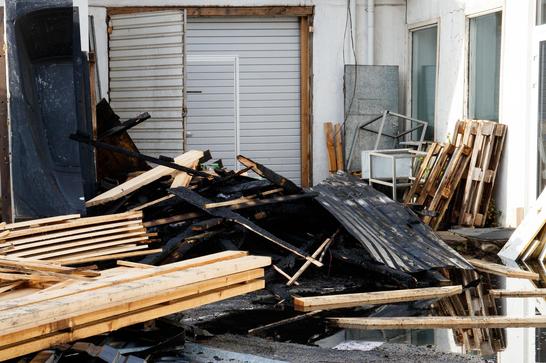
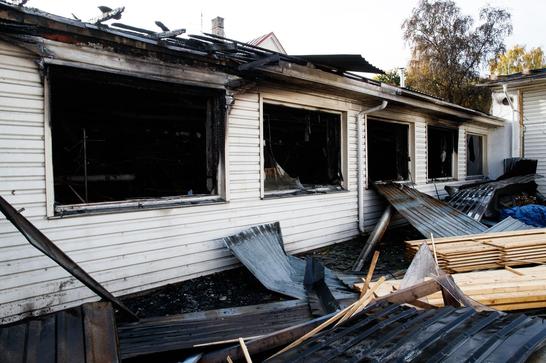
The Nobe electric car is being developed by Roman Muljar's company, and the company's promotional stars include Peter Vesterbacka and Evelin Ilves.
Article three
Gallery: Nobe production building and garage damaged by fire
Authors: Liis Treimann, Pille Ivask • October 4, 2019
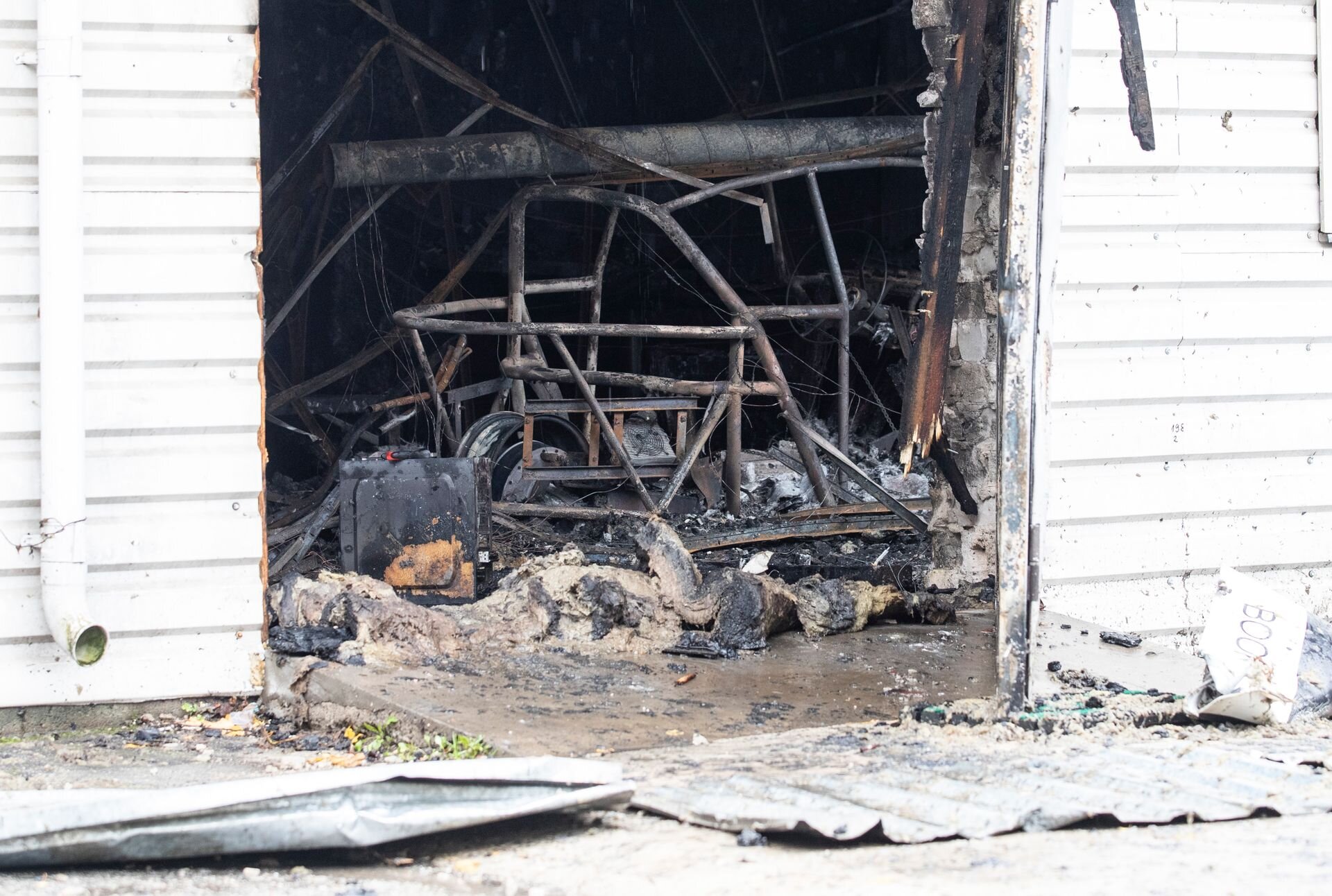
The production building and garage of Nobe, a manufacturer of three-wheeled electric cars on Telliskivi Street in Tallinn, caught fire early this morning.
www.toostusuudised.ee/uudised/2019/10/04/galerii-nobe-tootmishoone-ja-garaaz-said-tules-kannatada
Gallery Click on thumbnails to enlarge
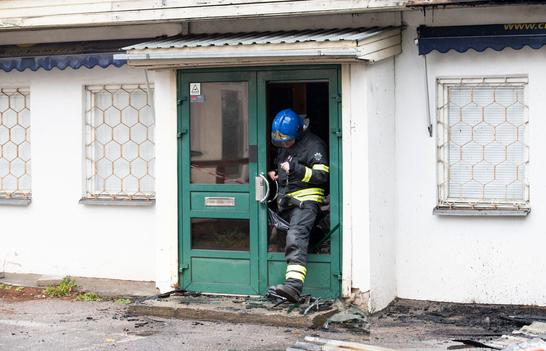
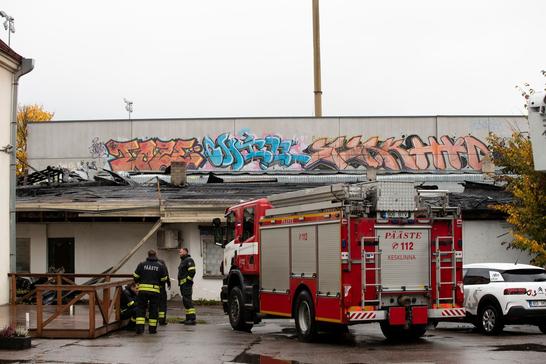
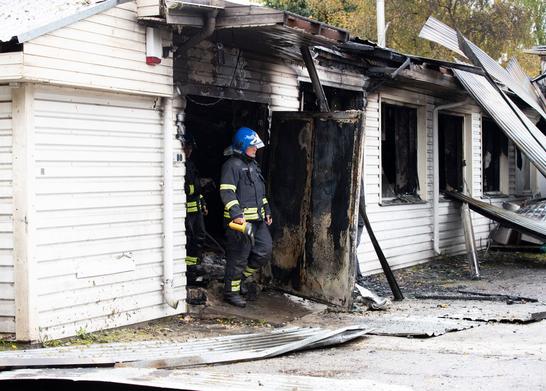
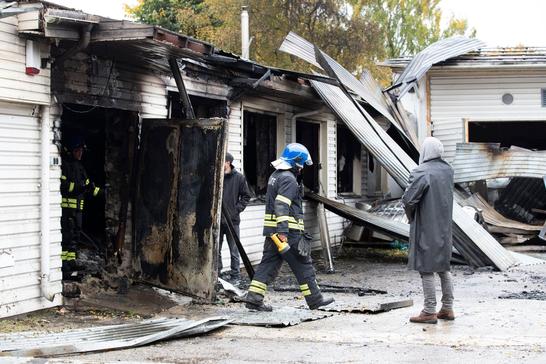

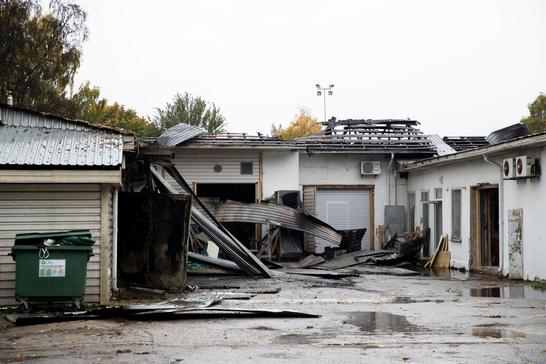
Article four
Fire-ravaged Estonian carmaker: full steam ahead!
Lennart Ruuda October 7, 2019

Estonian electric car manufacturer Nobe's production and office building burned down last Friday. Although the damage is extensive , the start-up is not about to throw in the towel and promises to come out with a new model soon .
"
Meelis Merilo, Nobe's small shareholder and technical advisor, admitted that the biggest damage was to the first two cars that burned up. "After all, they were pure craftsmanship," he noted.
On the positive side,
The
Although Nobe has been actively promoting itself at every turn, the
Nobe's founder Roman Muljar has said in the past that his idea is to create something new but timeless. "The Nobe is the kind of car that everyone would want to try, just because of its stylish and distinctive look. It's an environmentally friendly and powerful electric car that catches the eye and provides a memorable driving experience."
The Nobe car can accommodate three passengers at a time, and there's plenty of room for luggage. Combined, the main battery and the mobile battery allow a maximum range of 270 kilometres on a single charge and a top speed of 110 kilometres per hour. The special electric Nobe models on sale are available in three different colours: blue, red and black.
majandus.postimees.ee/6795974/tulekahjust-rasitud-eesti-autotootja-jatkame-taie-hooga
Article Five
Gallery: Estonia's electric car Nobe's facilities went up in flames overnight
Owner: "Now we think about how to move forward"
Agaate Antson, Reet Pärgma October 4, 2019
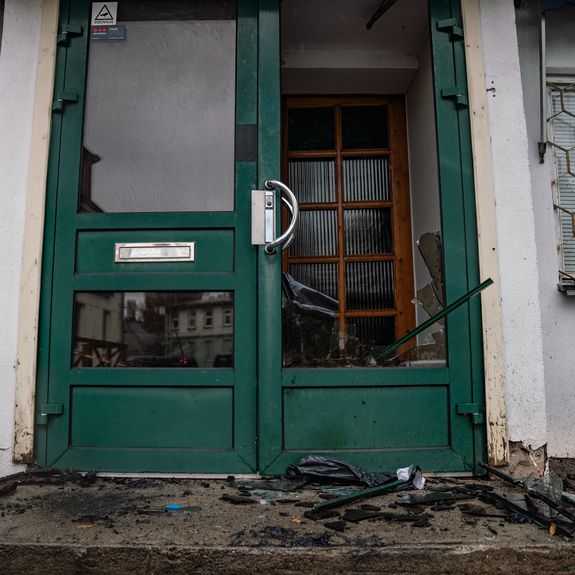
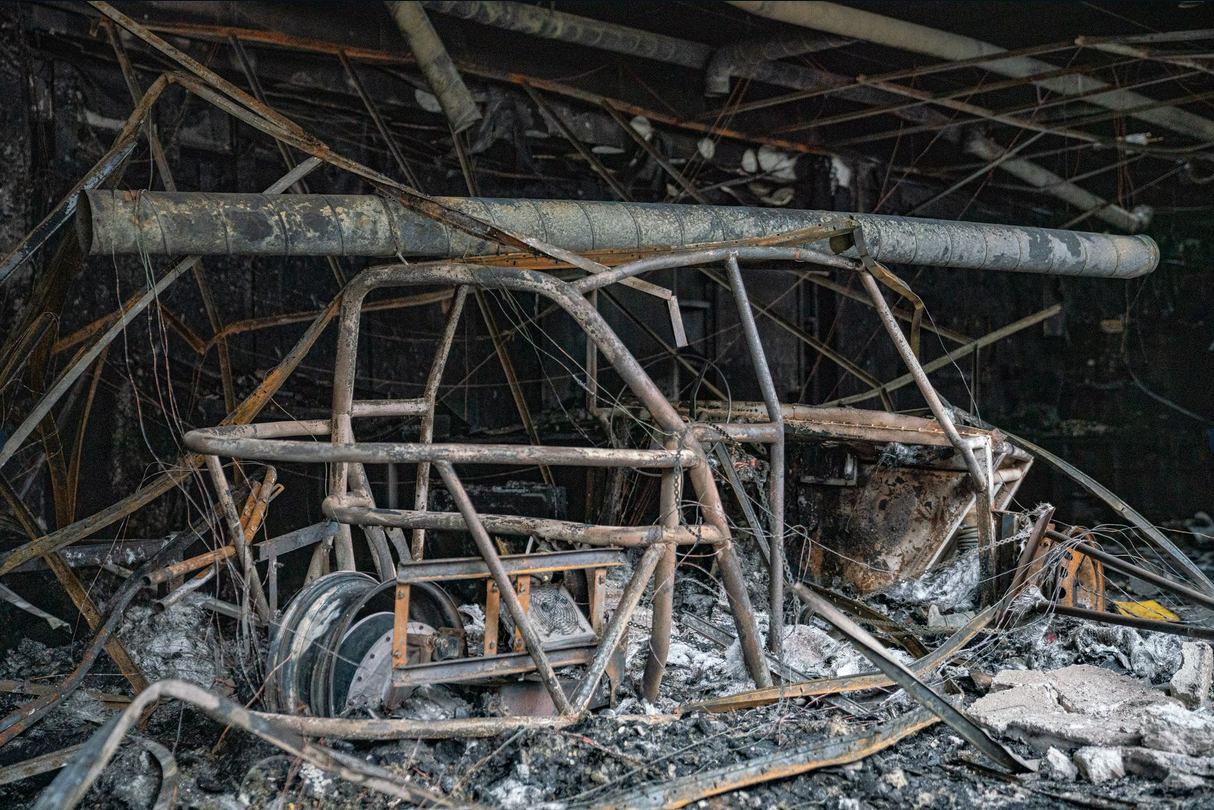
Gallery 1 Click on thumbnails to enlarge
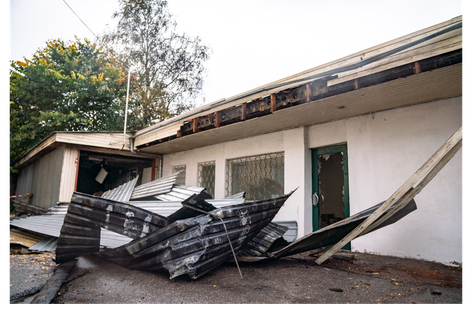
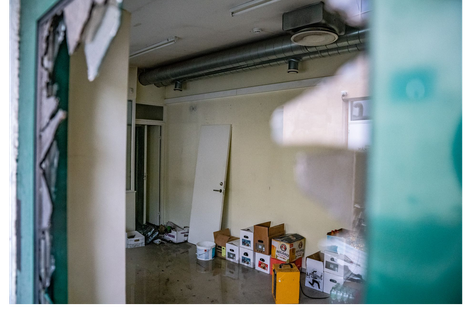
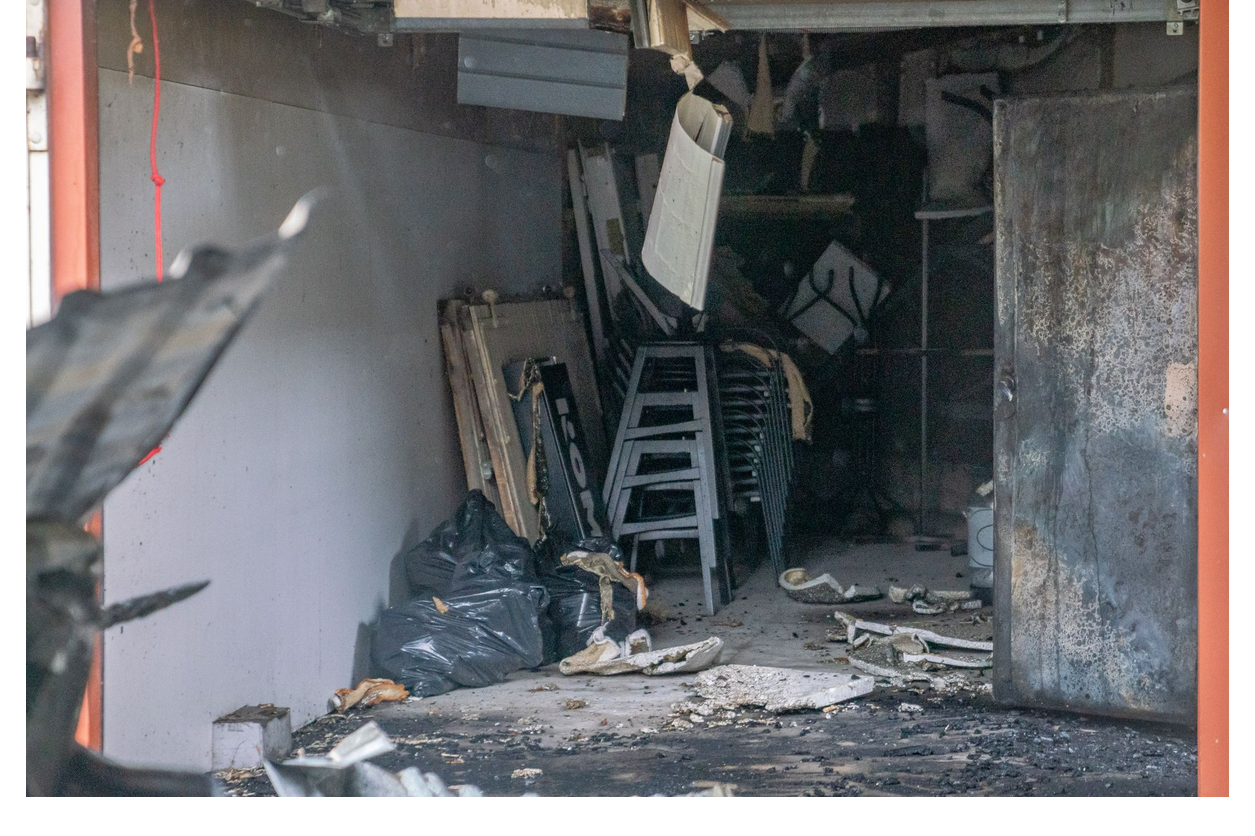
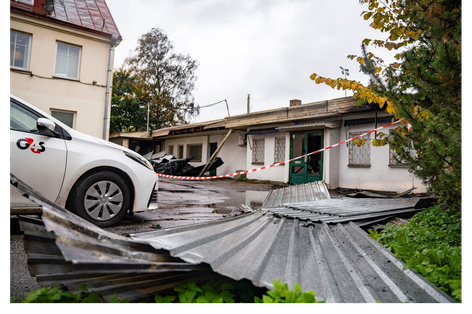
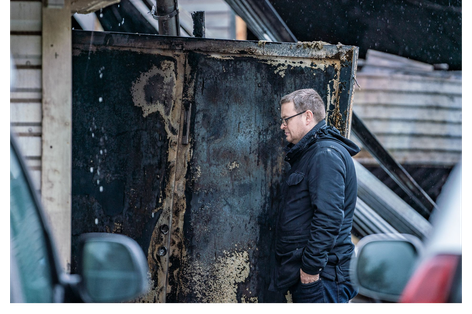
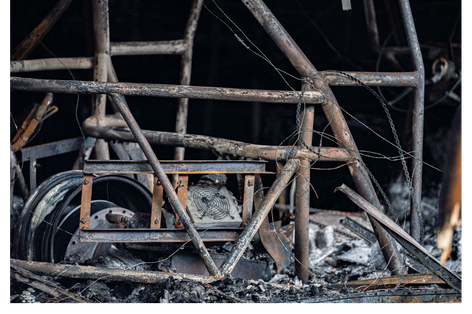
Gallery 2 Click on thumbnails to enlarge
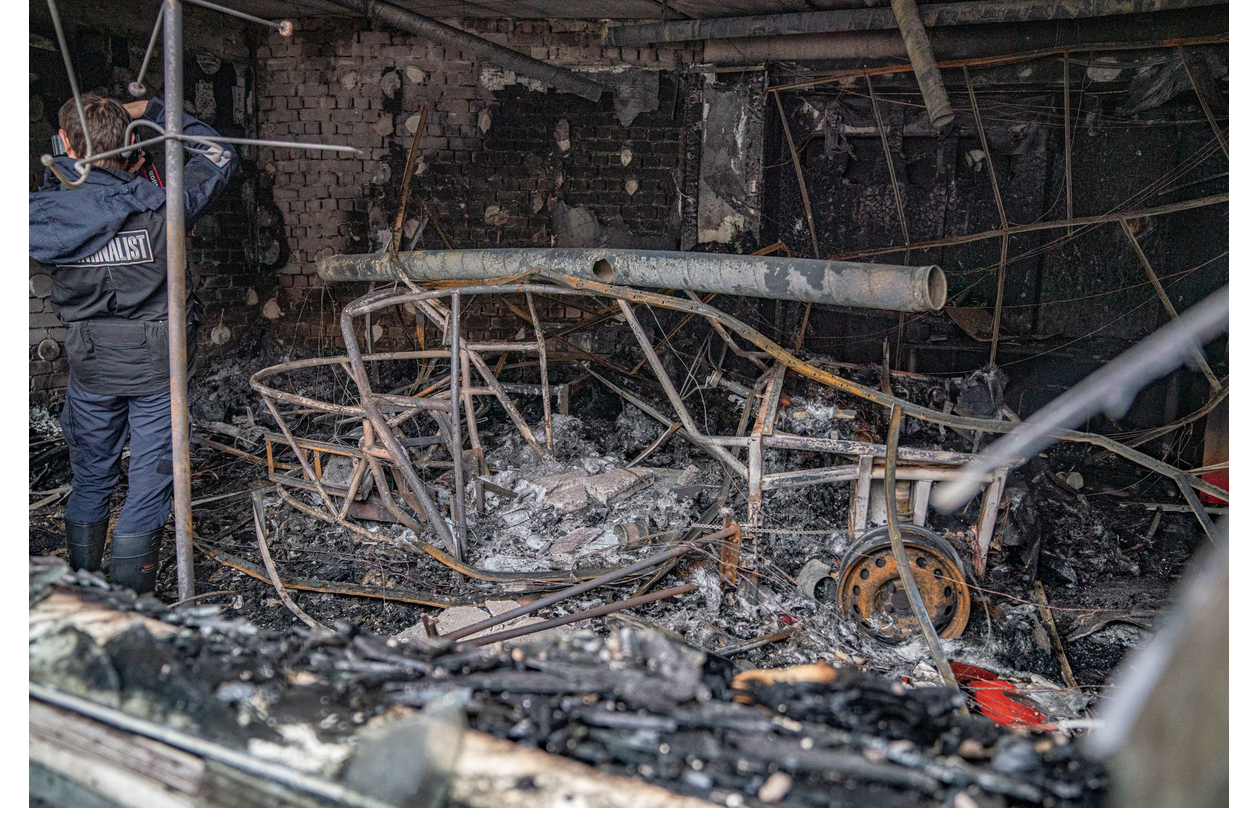
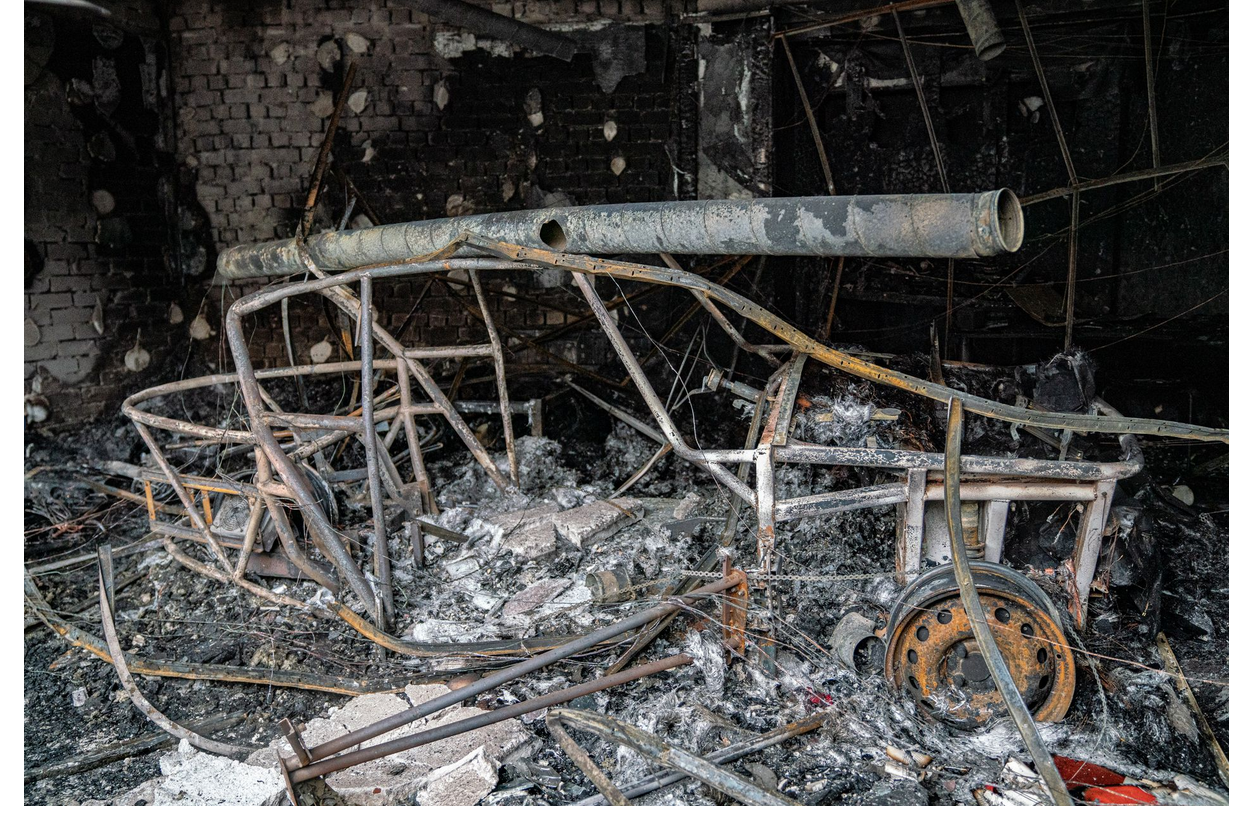
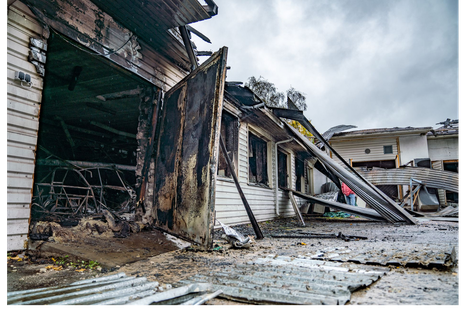
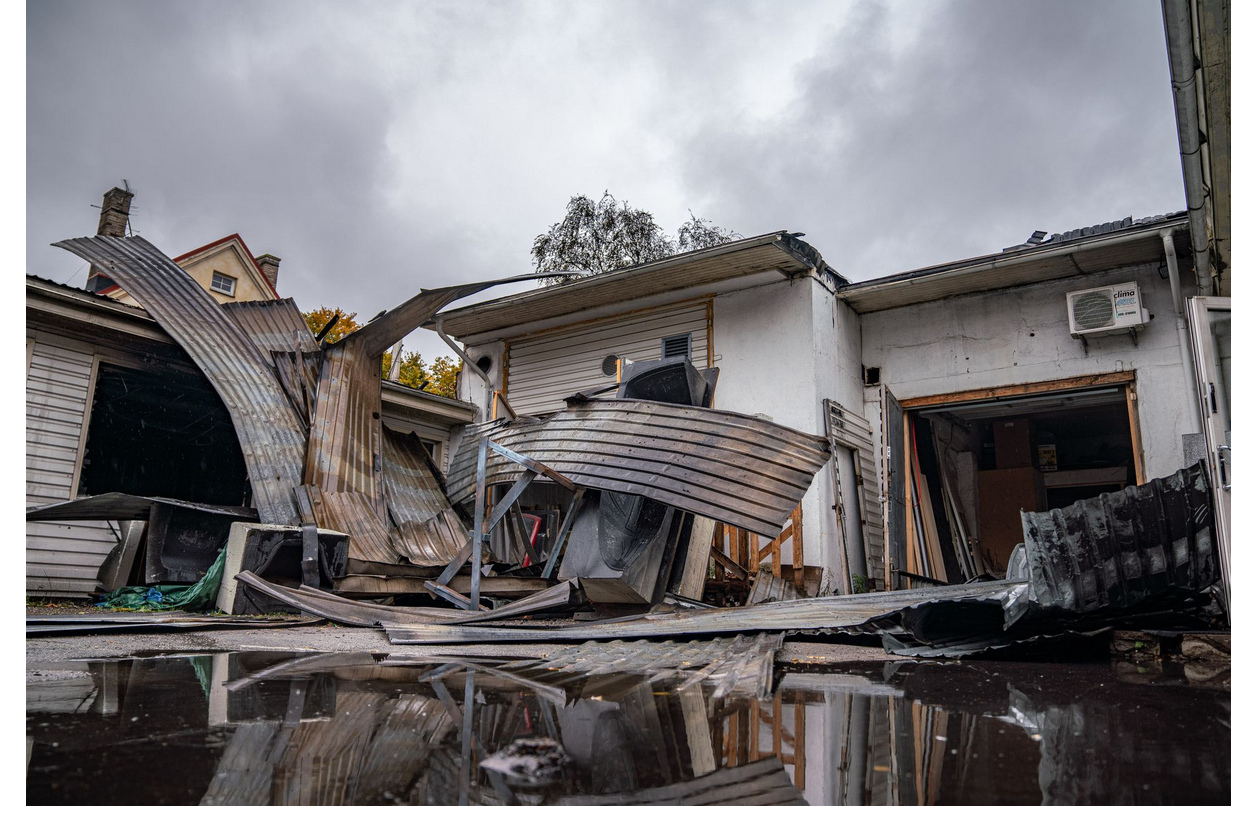
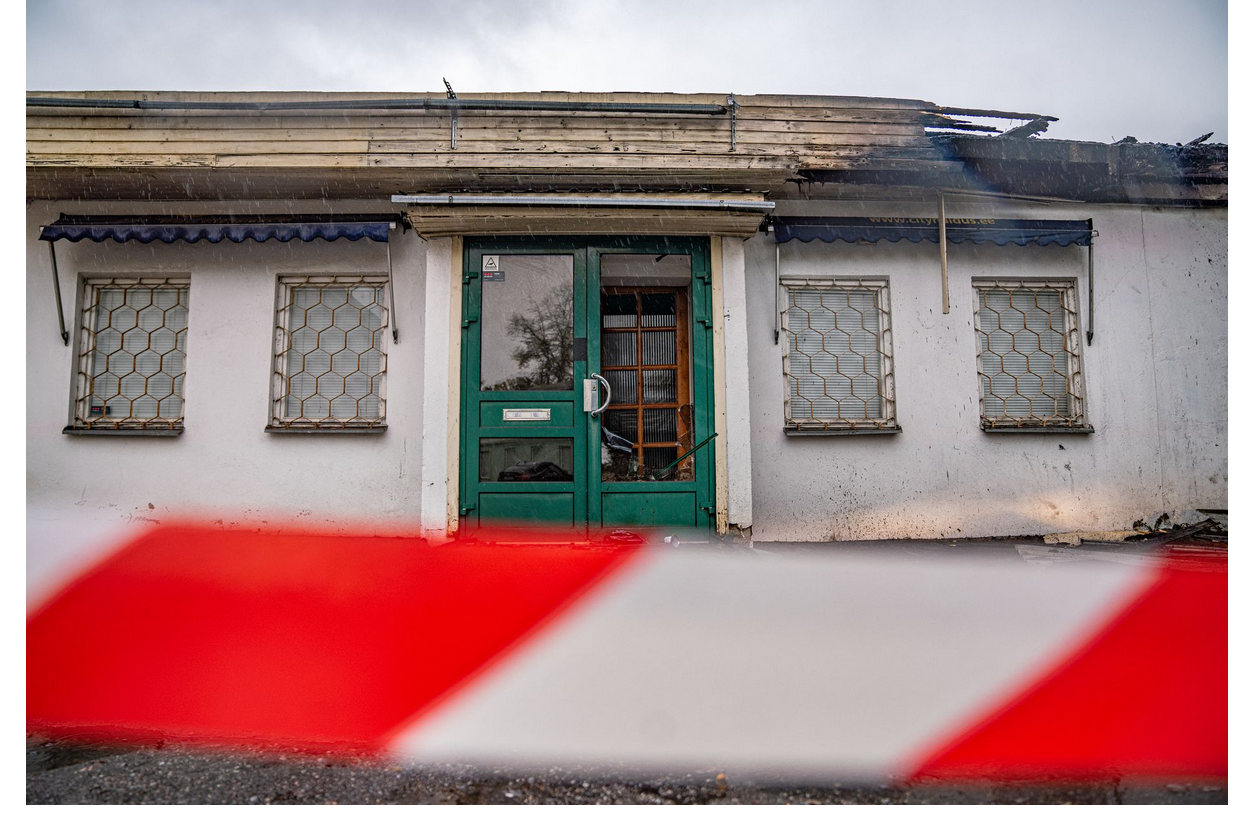
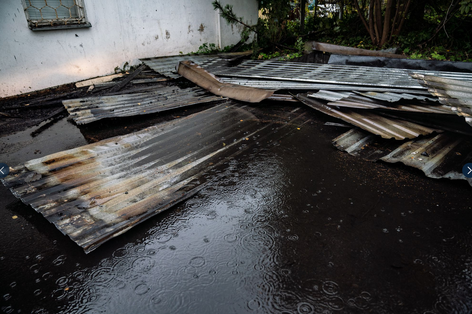
At 3.58 a.m. tonight, the alarm centre received a report that an office building on Telliskivi Street in Tallinn was burning with an uncontained blaze.
According to a spokesman for the Rescue Board, a U-shaped building complex with a garage and production buildings burned. The buildings are the production buildings and garage of the Estonian three-wheeled electric car Nobe. The adjacent furniture building was also in danger, but was saved.
Rescuers evacuated three people from a nearby building, one of whom had carbon monoxide poisoning. During the night, traffic was disrupted at the beginning of Telliskivi Street due to the fire.
The fire was extinguished at 7:17 in the morning. The exact circumstances and causes of the incident will be determined in further investigations.
Roman Muljar, owner and leader of Nobe Cars, told Postime that he had been on the scene all night. He heard about the fire at around 4am.
"Now we are thinking about how to proceed," he said and
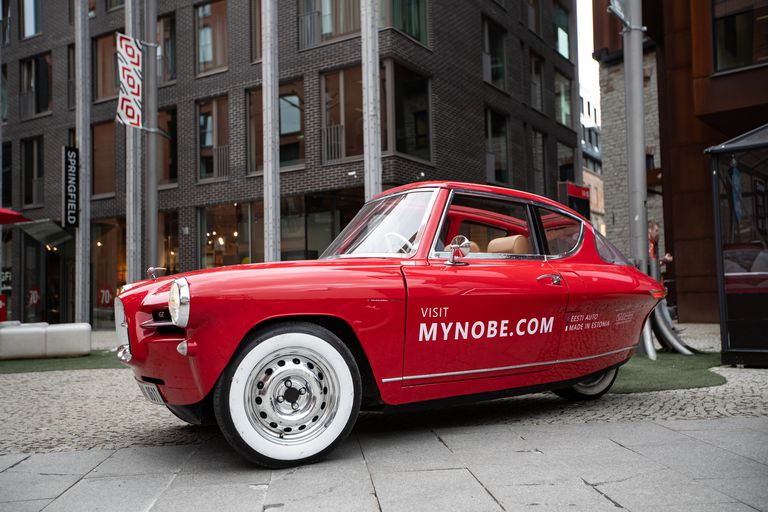
Display of Nobe prototype Photo by Eero Vabamägi/ Postimees
In July, Äripäev wrote that
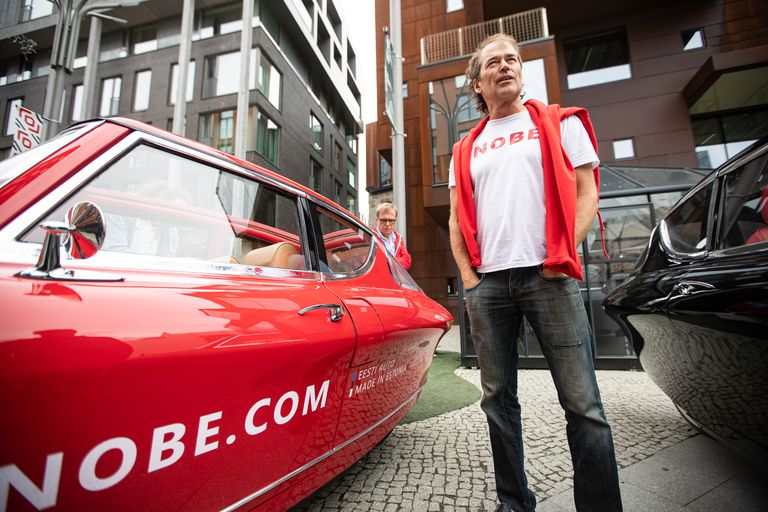
Display of Nobe prototypes Photo: Eero Vabamägi / PostimeesBlock title
majandus.postimees.ee/6793571/galerii-eesti-elektriauto-nobe-ruumid-polesid-oosel-lahtise-leegiga